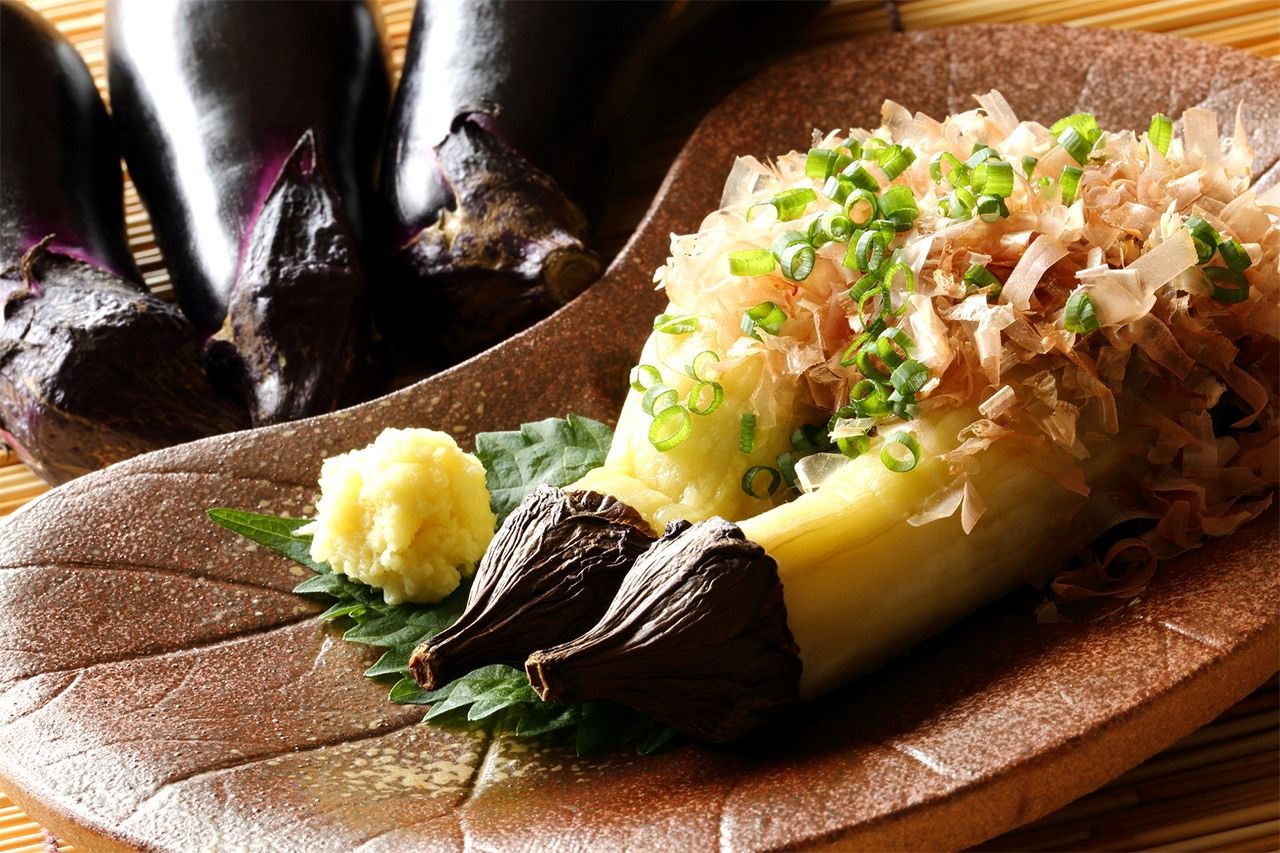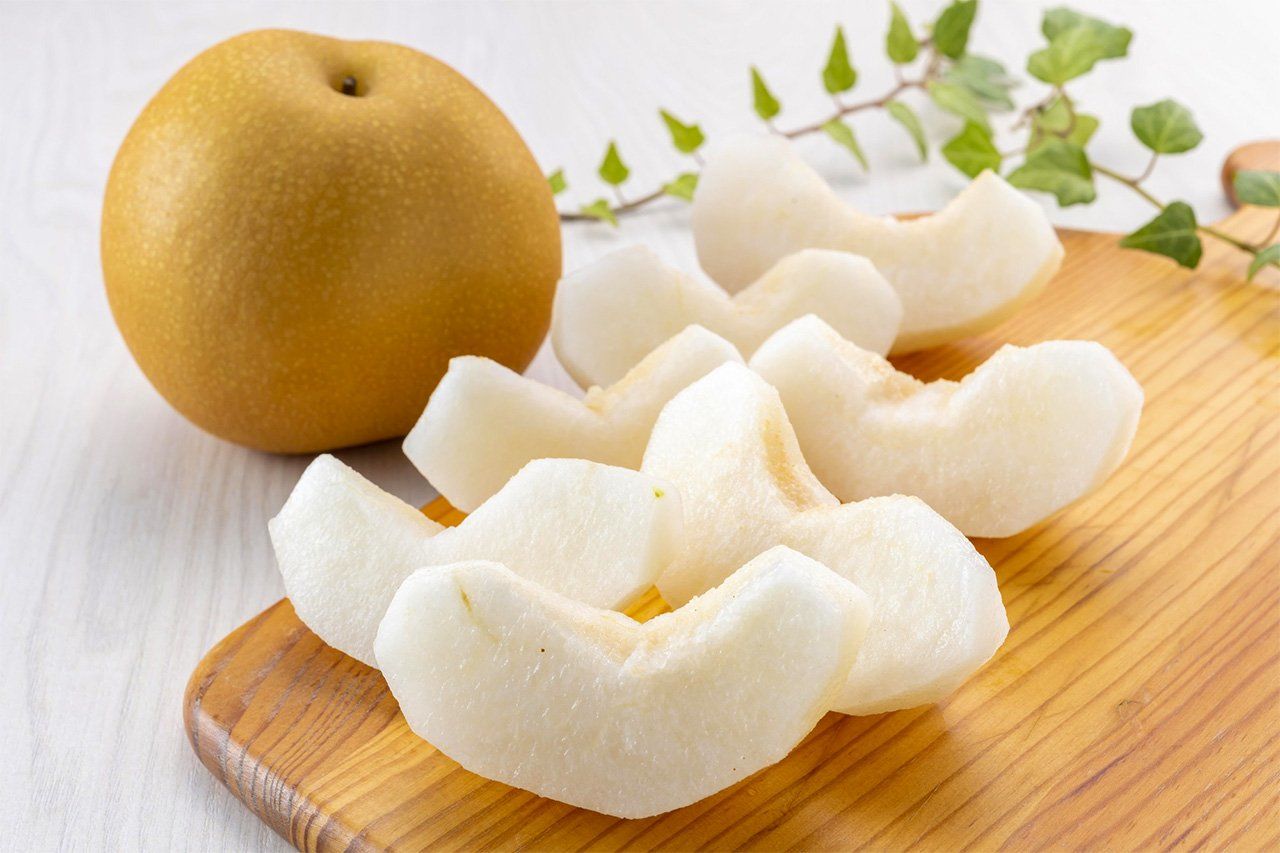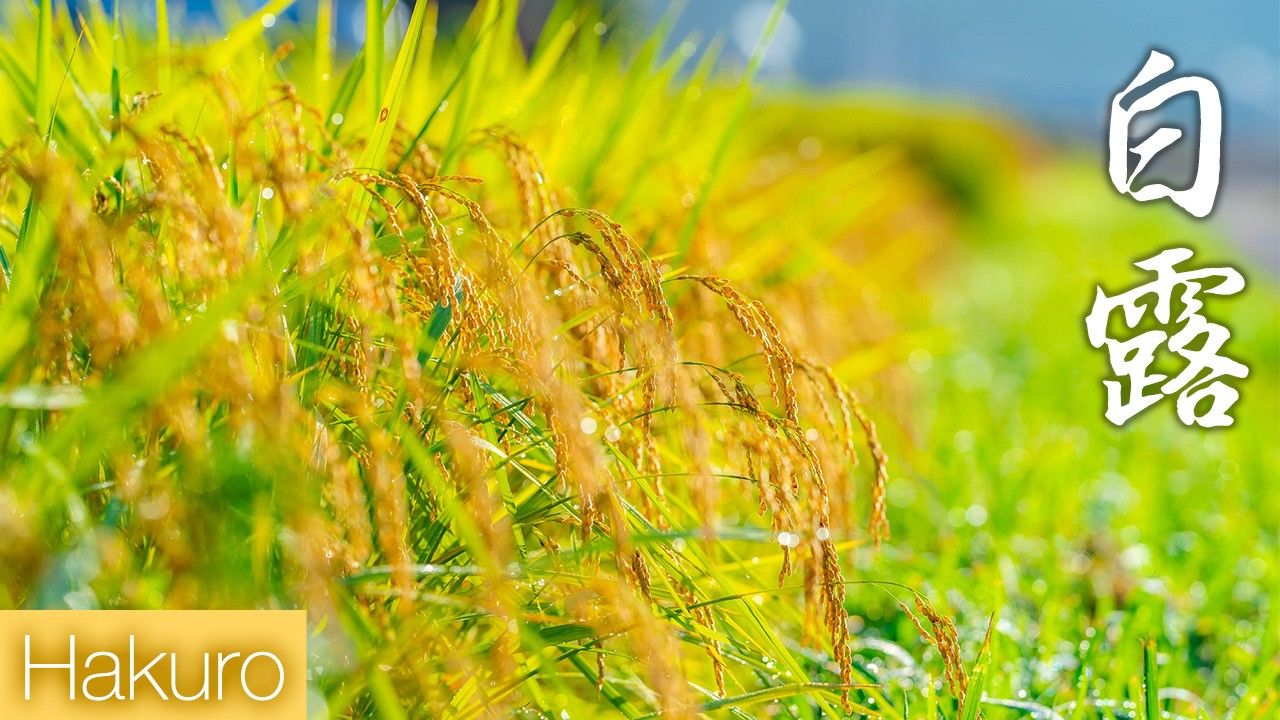
Hakuro (White Dew)
Culture Society History Environment- English
- 日本語
- 简体字
- 繁體字
- Français
- Español
- العربية
- Русский
As the growing temperature gap between day and night causes dew to form, this is where the solar term Hakuro (White dew) gets its name. Despite the lingering heat, there are signs of autumn.
The traditional Japanese name for September is Nagatsuki (“nights grow longer”). Although nights steadily lengthen from the summer solstice, they seem to suddenly feel longer from September.
This article will look at events and natural phenomena in the period roughly from September 8 to 22.
Chrysanthemum Festival (September 9)
Chōyō-no-sekku, known as the Chrysanthemum Festival, was originally celebrated on the ninth day of the ninth lunar month, and is now observed on September 9. It is one of five key annual Japanese sekku festivals. In the Chinese cosmology system of yin and yang and the five elements, odd numbers are considered as yang, and therefore lucky, and nine is the luckiest. The original lunar date falls in mid-October on the modern calendar, just when chrysanthemums are in full bloom. In China, chrysanthemums are believed to dispel adversity and to possess spiritual power for longevity. Consequently, in the Heian period (794–1185), at this festival Japan’s imperial court adopted the flower for decoration, added petals to liquor, and read poetry while praying for protection from calamity. From the Edo period (1603–1868), rice cooked with chestnuts was eaten on Chōyō-no-sekku, and chrysanthemum sake became a common drink for all.
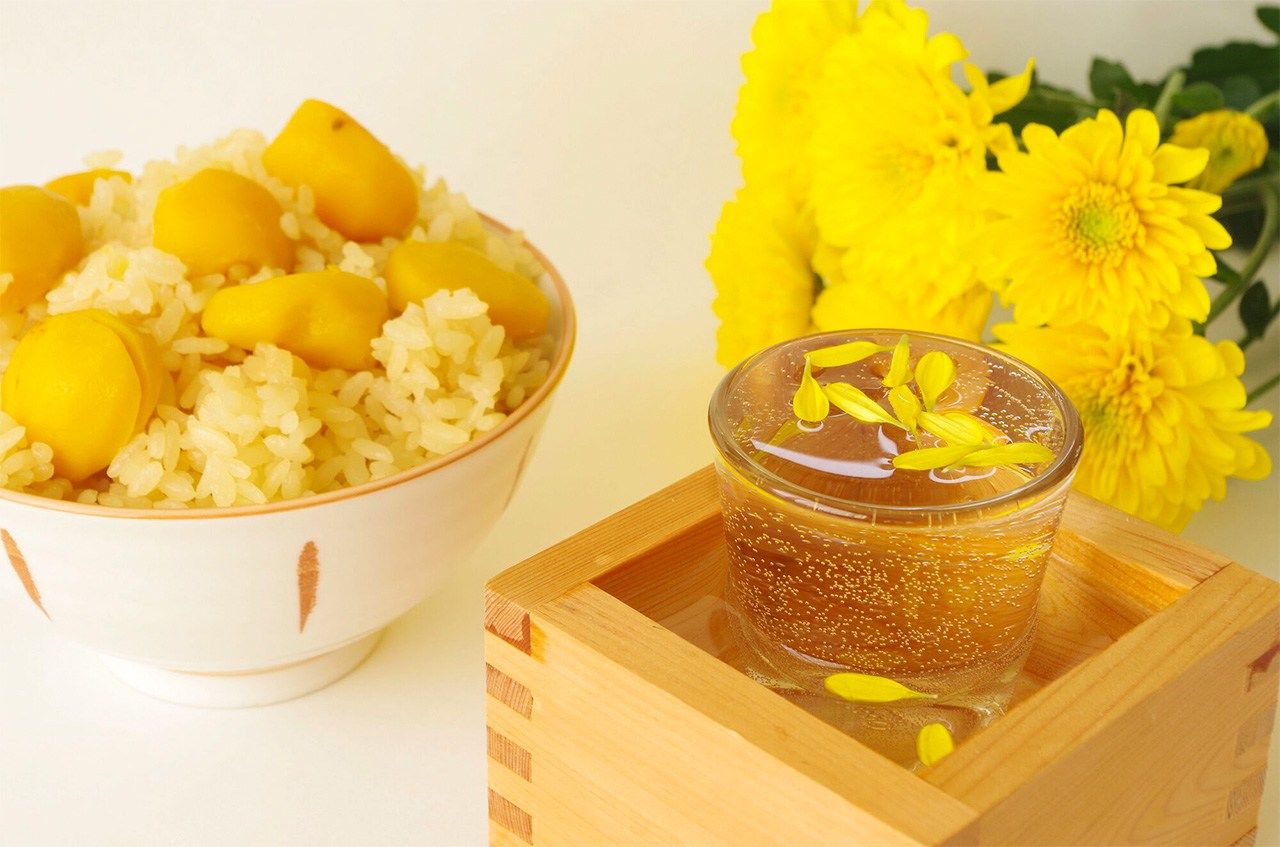
Chestnut rice (left) and chrysanthemum sake for Chōyō-no-sekku. (© Pixta)
Respect for the Aged Day (Third Monday in September)
Respect for the Aged Day is a public holiday unique to Japan. It is a day to show respect to elderly people and to celebrate longevity. It originated with an event held by the Association for Respect for the Aged in Nomadani (now part of Taka), Hyōgo Prefecture, on September 15, 1947. In 1966, it was adopted as a national holiday.
Japanese Anemone
A flower originally from China. The characters used to write the flower’s name (秋明菊; shūmeigiku) mean “autumn bright chrysanthemum” but it actually belongs to the Ranunculaceae or buttercup family. In English, it is commonly called Japanese anemone due to the physical resemblance.
Tsurugaoka Hachimangū Annual Festival in Kamakura (September 14–16)
The shrine Tsurugaoka Hachimangū dates back to 1063 when Minamoto no Yoriyoshi (988−1075) established a branch of Kyoto’s Iwashimizu Hachimangū shrine in Yuigahama, Kamakura. His son Minamoto no Yoritomo, the founder of the Kamakura shogunate, later moved it to its present location. Azuma kagami, a historical chronicle of the Kamakura period (1185–1333), describes the origin of the shrine’s annual Reitaisai festival. In 1187, a ceremony known as hōjōe where captured animals were released to return to their homes based on Buddhist principles, and yabusame (a horseback archery ritual) were performed. The festival thus has a history of over 800 years. The yabusame event now held on September 16 sees archers dressed like samurai ride on running horses to shoot targets set up in the shrine grounds. The ritual is said to have been a pretext to rally military forces.
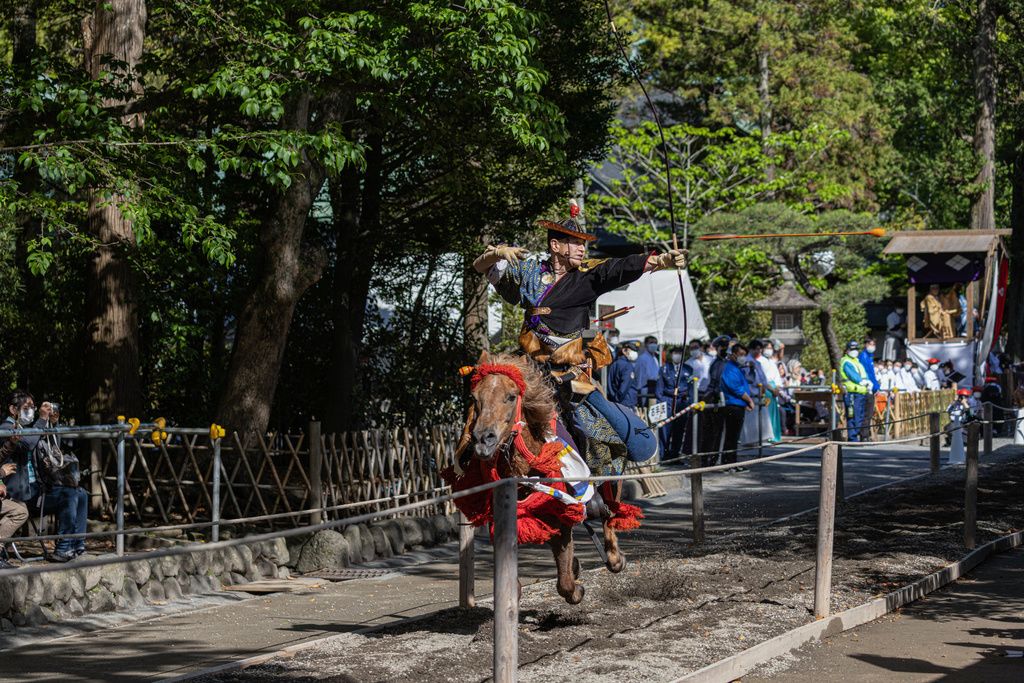
Yabusame (horseback archery) at Tsurugaoka Hachimangū. (© Kyōdō)
Wagtails
The 24 solar terms can be further subdivided into 72 kō, or microseasons. The kō beginning around September 13 is called Sekirei naku (Wagtails sing). Although the common belief is that wagtails begin chirping in autumn, they actually do so through the year. They are also called “stone tappers” because of the way they hop about waving their tails up and down as if to strike the ground. According to legend, Izanagi and Izanami, the male and female deities that created the Japanese archipelago, learn how to procreate by wagging their hips just like a wagtail, and the bird is therefore a symbol of perpetuation of one’s family line.

Black-backed wagtail. (© Pixta)
Konbu
Japanese people are believed to have eaten konbu (kelp) since the Jōmon period (ca. 10,000–300 BC), and it is mentioned in documents from the Nara period (710–794). It is an essential ingredient in dashi stock used to provide umami in Japanese cooking. In 1908, Ikeda Kikunae, a professor at the Imperial University of Tokyo, discovered glutamic acid to be the umami element in konbu. Natural and cultivated konbu are available in Japan, with over 90% produced in Hokkaidō. It is harvested from summer through autumn and dried for shipment.
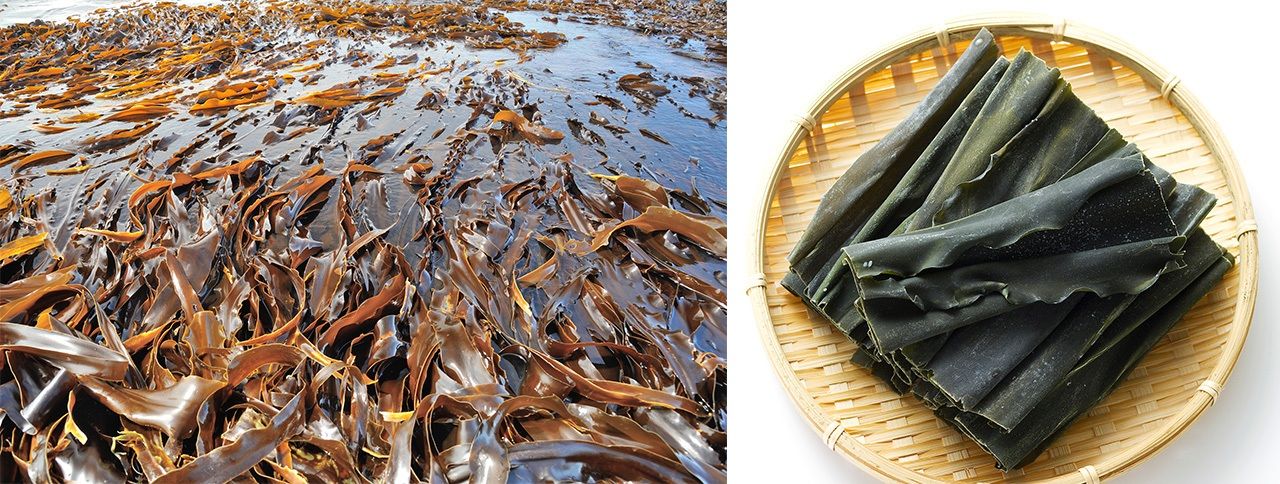
Konbu (left); dried konbu as it appears when sold. (© Pixta)
Eggplant
There is a Japanese proverb “Do not feed autumn eggplant to your daughter-in-law.” According to one reading, this is a health warning against giving her a chill, but an alternative interpretation sees a hostile mother-in-law not wanting to waste such tasty food. Eggplants are a versatile vegetable, to grill, stew, fry, or pickle. They feature in many regional dishes and comes in round and long varieties as well as mizunasu or “water eggplant,” often eaten raw.
Nashi
Nashi pears are highly esteemed in China, where they are considered the king of fruit. They are popular for their juiciness, crunchy texture, and delicate sweetness, and are seen as way of preventing heat exhaustion in summer.
(Supervised by Inoue Shōei, calendar researcher and author, Shintō minister, and guest lecturer at Tōhoku Fukushi University. Banner photo: Ears of rice clad in morning dew. © Pixta.)

